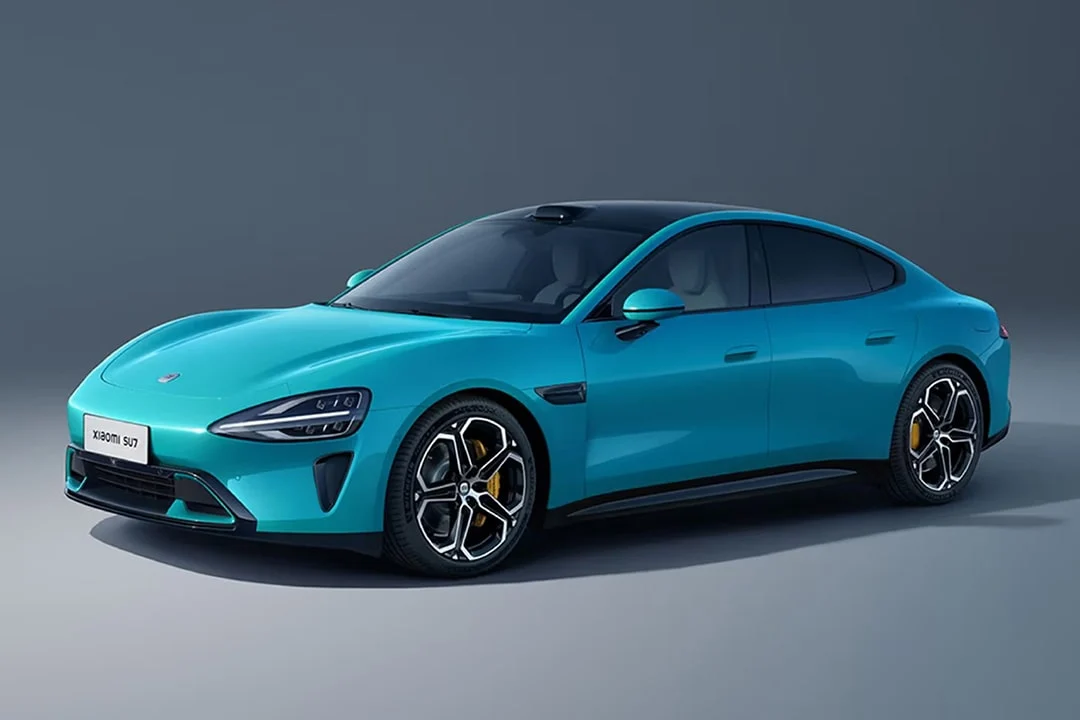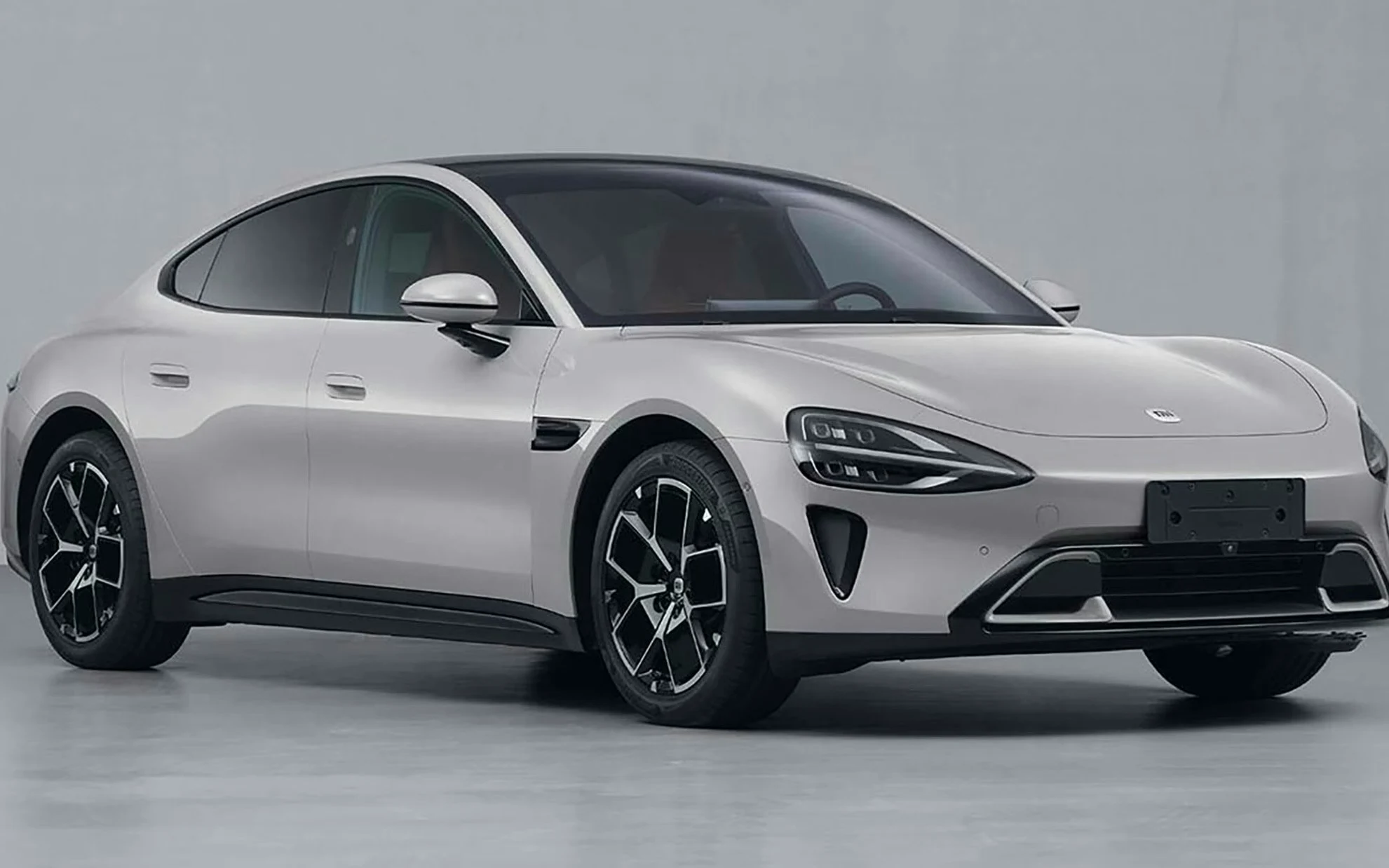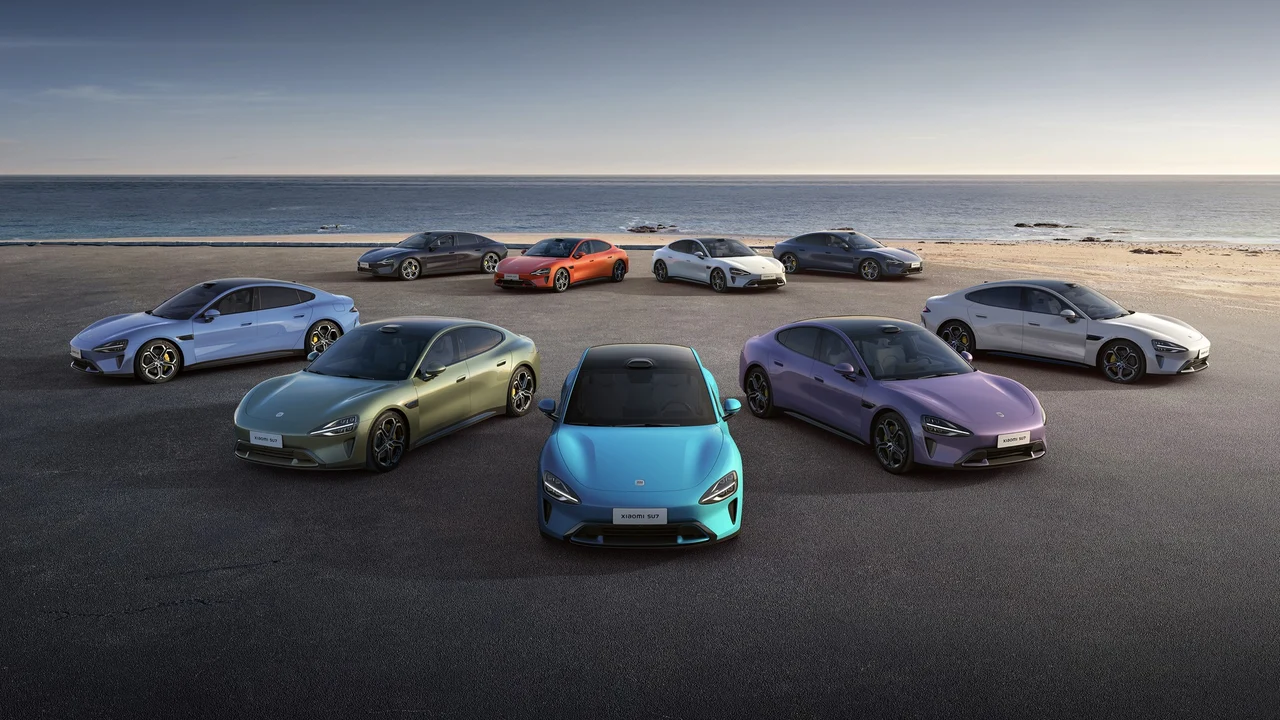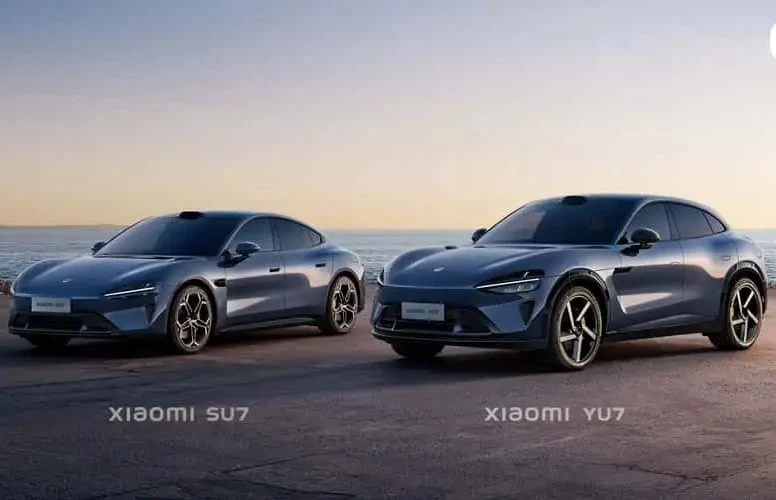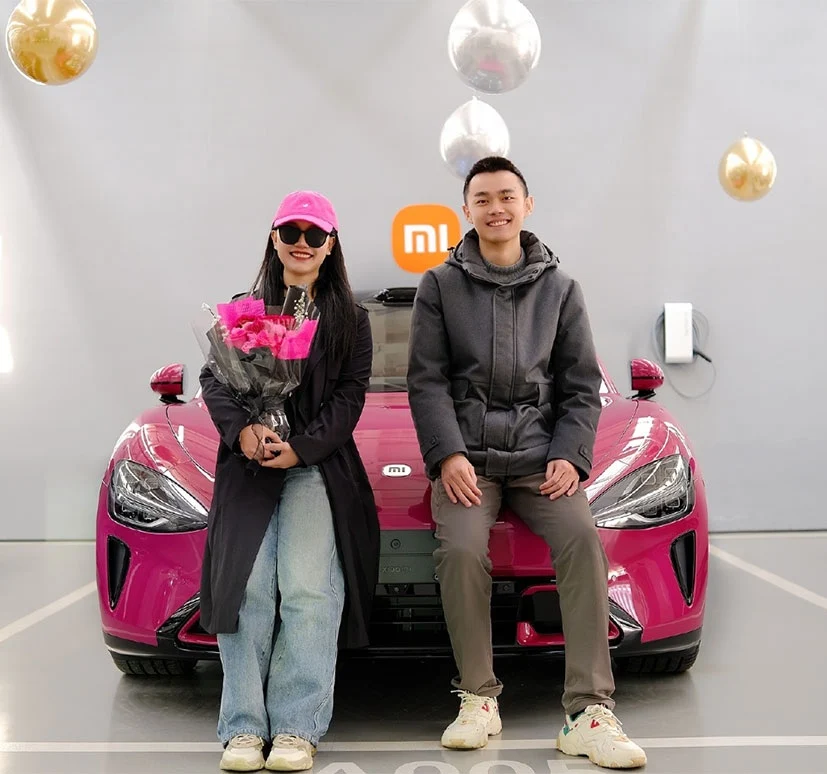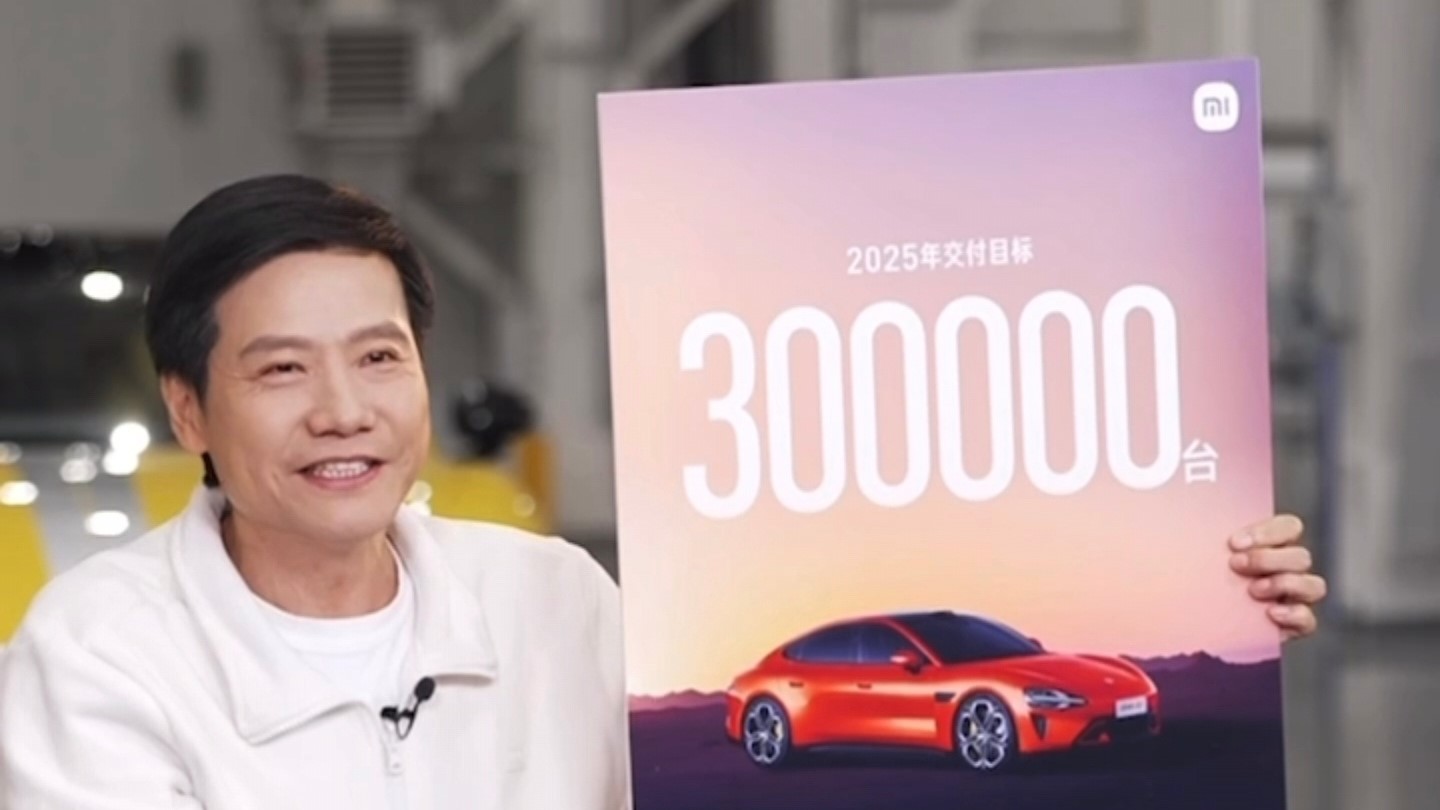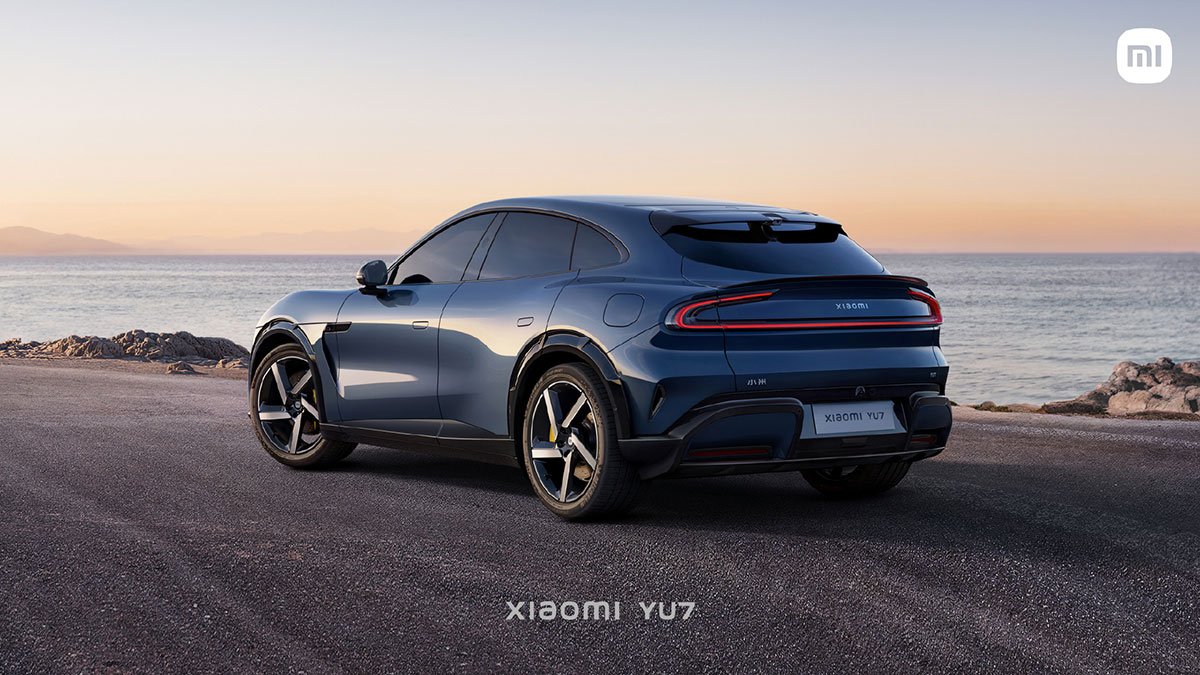Key Takeaways
1. Xiaomi delivered over 28,000 electric vehicles in May 2025, marking the eighth consecutive month of deliveries exceeding 20,000 units.
2. The YU7 electric SUV is in mass production, set for official launch in July 2025, following its debut in May.
3. Xiaomi currently offers the SU7 model, with the SU7 Ultra released in February 2025 at a price of RMB 529,900 ($73,550).
4. The company opened 29 new electric car showrooms in May, bringing the total to 298 across 82 cities in China.
5. Xiaomi faces increasing competition in the electric vehicle market, with notable sales growth from brands like Leapmotor, Li Auto, and Xpeng.
Xiaomi’s enchanting journey into the electric vehicle market keeps on going strong with impressive results for May 2025. The company, which transitioned from making phones to cars, shared on Weibo that it delivered more than 28,000 cars last month.
Although Xiaomi didn’t specify exact figures, the numbers were close to what was seen in April. Notably, May represents the eighth month in a row where electric vehicle deliveries have gone over 20,000 units.
Exciting Developments for the YU7
Fans of Xiaomi will be pleased to hear that work is in progress for the mass production of the YU7. This was highlighted in another official announcement from the company. The electric SUV was debuted in May, and its official launch is anticipated for July.
Currently, Xiaomi’s only model available is the SU7, which was first launched in 2024 and comes in Standard, Pro, and Max versions. In February 2025, they released the SU7 Ultra, priced at RMB 529,900 ($73,550), with deliveries starting in March.
Expansion and Events
May was a particularly active time for Xiaomi, as they opened 29 new electric car showrooms across China, raising the total to 298 in 82 cities. Customers now have access to support services at 153 centers located in 88 cities. Additionally, Xiaomi is participating in the 2025 Shenzhen auto show, which runs from May 31 to June 8, where attendees can closely inspect their EVs, including the YU7 SUV.
The competition in the Chinese electric vehicle market is intensifying. Alongside major players like Tesla and BYD, Xiaomi faces challenges from newer brands that are also increasing their sales. Leapmotor reported impressive figures with 45,067 units sold in May, marking an almost 150 percent increase year-on-year. Li Auto also performed well, with 40,856 deliveries for the month. Xpeng announced 33,525 deliveries, achieving the milestone of surpassing 30,000 units for the seventh month in a row.
Source:
Link

